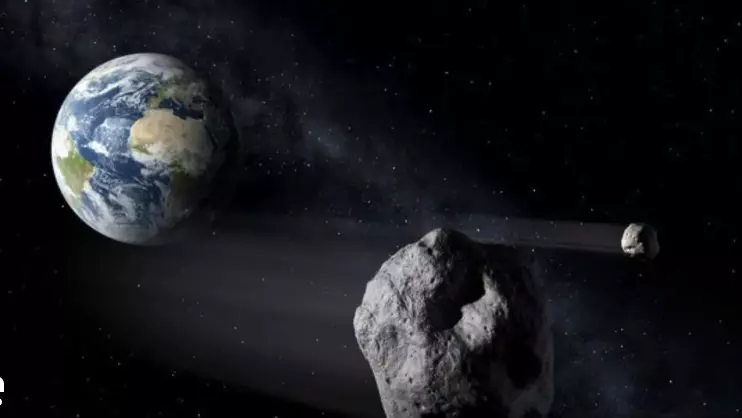Earth’s 'Second Moon' set to disappear, won’t return until 2055
Earth’s mini moon set to disappear, won’t return until 2055

Earth's recently discovered mini-moon, Asteroid 2024 PT5, is set to leave our planet's vicinity soon and will not return until 2055. Discovered by the ATLAS project in August 2024, this bus-sized asteroid was temporarily captured by Earth's gravity from September 29 to November 25, 2024.
Earth has a temporary, tiny companion.
— NASA JPL (@NASAJPL) October 2, 2024
While not quite a "mini moon," since it will never be captured by Earth's gravity, Asteroid 2024 PT5 does have a similar orbit as our planet and will linger in our vicinity for a few months. https://t.co/5fB0Mvf6nq pic.twitter.com/k6HW3GuZZn
NASA scientists have confirmed that PT5 is of natural origin, not a man-made object. The asteroid, originating from the Arjuna asteroid belt, was too small and dim to be visible to the naked eye, yet its presence has fascinated astronomers. Despite being referred to as a "mini-moon," PT5 did not complete a full orbit around Earth but instead followed a path called a “temporarily captured flyby,” circling about 25% of Earth's surface.
NASA clarified that PT5 is not a true mini-moon since it wasn't fully captured by Earth's gravity. Its closest approach to Earth was approximately 3.7 million kilometers. It will pass near Earth again in January 2025, offering scientists another chance to study this near-Earth object.
Last Chance to See the Mini Moon
As PT5 exits Earth's gravitational influence on November 25, it marks the last opportunity to observe this asteroid until its next approach in 2055. Currently, the mini-moon is about 3,760,000 kilometers from Earth, which, in astronomical terms, is relatively close.
This event has provided valuable insights into near-Earth objects and helped enhance detection techniques. As noted by The US Sun, the next encounter with PT5 in 2055 will be another unique opportunity for scientific observation.

